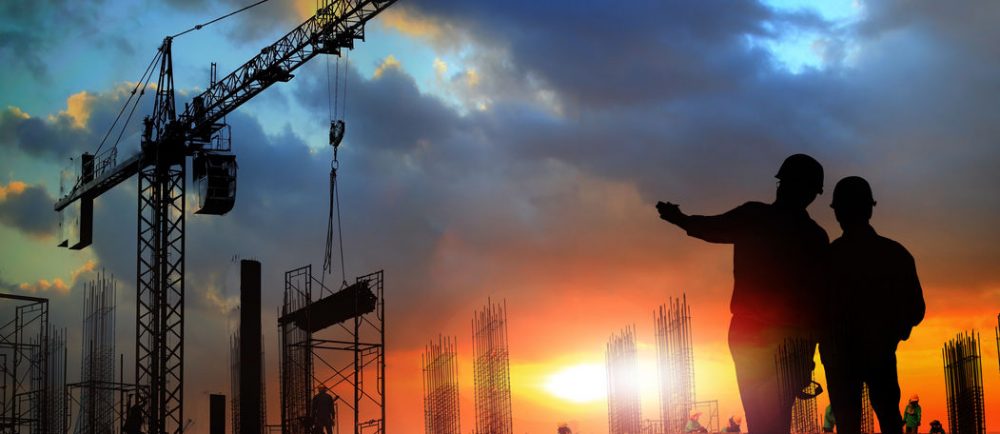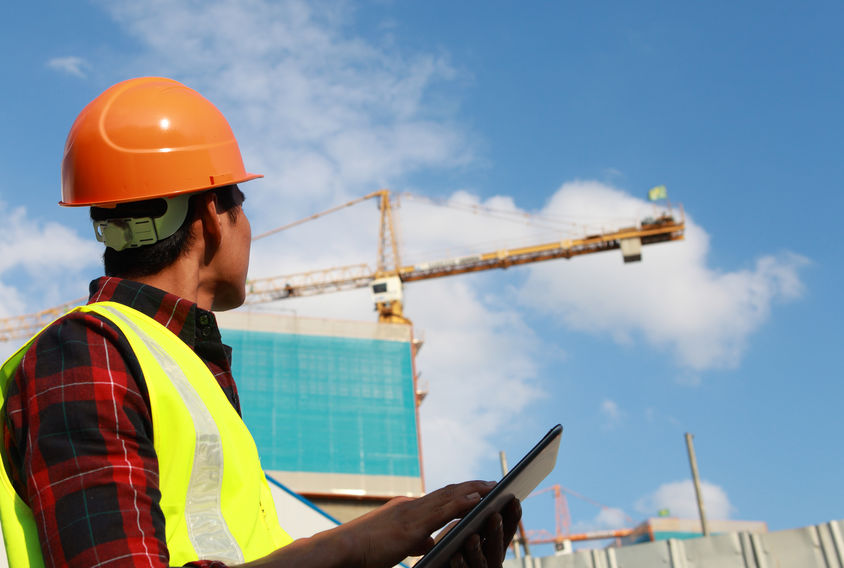Astro Crane rents cranes to those who need and use them. That said, what are some things to think about in order to prevent construction crane accidents?
Selecting the Right Construction Crane
All too often, accidents happen when users use the wrong crane for the job they’re doing… so selecting the right crane for the job is key. Cranes can be mobile or fixed. There are different types of cranes, such as carry deck cranes, crawler cranes, and rough-terrain cranes. If you aren’t too sure about which crane to use for the construction site you’re working on, consult with the staff at Astro Crane to get recommendations.
Qualified Crane Operators
Coupled with selecting the right crane for the job, for safety’s sake, there’s also the idea that qualified personnel should handle the crane– and not just some newbie without training! Well-trained personnel should be certified to do the job they’re doing, and evaluated often to make sure they’re up-to-par. Furthermore, if you know of any workers who don’t follow rules and regulations, they could be compromising your personal safety as well as the safety of those around you, so report them to the higher-ups– they shouldn’t be working with you.
Read the Manual!
How many of you take the time to read the manual for the crane you’re operating? Rather than just “winging it,” it’s best to look over the manual and see what things may be unique to the crane you’re going to operate. After all, different cranes have different controls, features and failsafe devices– not all cranes are the same. For safety’s sake, read the manual to find out more info about a crane’s load capacity, as well as issues relating to stabilizers, counterweights, and controls. The more you know about the machine you’re working with, the more likely you’ll be able to prevent any accidents from occurring.

Checklist
If you have a crane in front of you and you want to prevent accidents, do a daily operator check. This can include pre-start checks, engine start-up checks and safety system checks. It’s also a good idea to check the hydraulic system, too. What are some things to focus on? Well, look at the oil level(s), the pressure gauge(s), and the rated capacity limiter, among many other things.
Moving a crane to a different location means checking the route beforehand– after all, you don’t want to down any power lines in the process. You ideally want and need a clear path for the move.
Before rigging the crane, you’ll need to stabilize it. Use outrigger pads or crane pads underneath outriggers. Extend outriggers according to manufacturer guidelines. And don’t place outriggers over unsteady ground. You don’t want your crane to tip over.
It’s important to rig your load(s) correctly so objects don’t accidentally fall and hurt someone. Utilize properly rated slings that can handle the weight you’re dealing with, especially at the angle(s) you’re using.
Do you know about load radius? The further away the load is from the center of your crane, the less weight the crane can handle without tipping over or collapsing. Try and keep the angle of the boom higher (pointed toward the sky) so the load is closer to the crane’s center line– that way the boom can carry more weight.
Respect the Limits
Cranes are designed to handle certain load limits. If you go above and beyond those limits you can expect problems. Read load charts and check load moment indicators as well as rated capacity limiters in order to accomplish a safe lift at your construction site.
Communication and Having a Plan is Key!
Want to avoid accidents? Everyone should be on the same page when it comes to communication and hand signals. Sometimes people want to invent their own signals, but then others, especially those who are new on the job, don’t understand them, and that’s when problems occur. Use a standard set of hand signals and follow communication protocols. Make sure all radios are working when doing a lift, so that everyone can hear what others are saying.

Finally, it’s best to have a plan when working with a crane, rather than just “seeing what happens.” Write down the plan or have it in computers/devices for people to review. Discuss how the whole process should go before ever starting actual work. When you’re well-prepared for working with a crane on a construction site, you minimize risk. Otherwise, you could be asking for trouble. While you can’t eliminate problems or challenges all together, at least you can plan ahead “in case” certain things happen. Monitor the plan and process so you keep on task and pay attention to safety standards. Do you have any questions? Call Astro Crane of New England at 978-429-8666.

